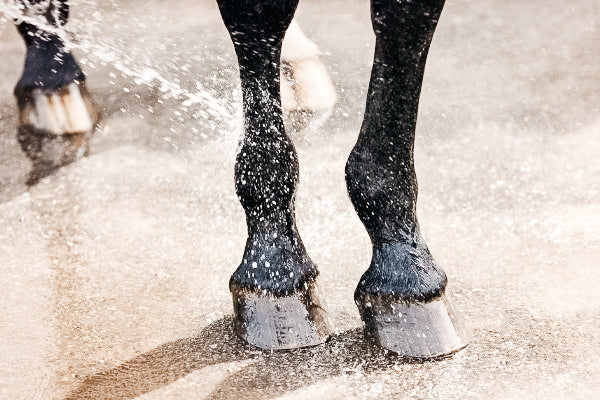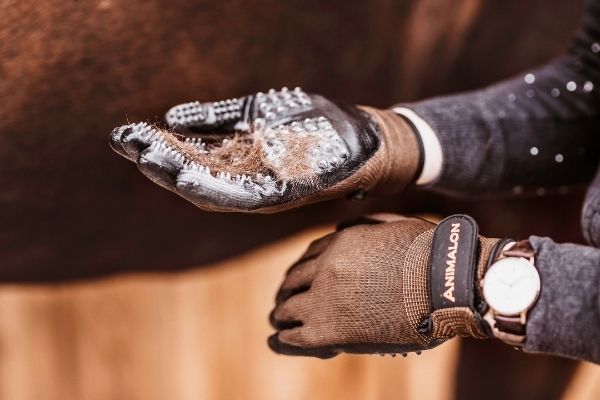Cracked hooves – what can you do about it?
A problem that causes a lot of headaches for many riders in Germany is dry or brittle hooves. This problem often occurs at the beginning of summer, when the hooves have endured a wet winter and the first really hot days are beginning. This is precisely when many horses' hooves become brittle or brittle. Brittle hooves are not only ugly, they also often lead to problems at the farrier.

What does a hoof need to develop well?
First of all, we should understand the conditions under which a hoof can develop well. Probably the most important factor here is fluid intake. For healthy development of a hoof, it is necessary that it is moistened at regular intervals in order to absorb fluid. In addition, a balanced and adapted diet for the horse contributes significantly to hoof health. mineral feed can be used in phases. However, tips like keeping your hooves constantly moist are complete nonsense.This would cause mold to form, which is probably even worse for your horse's well-being. Rather, care must be taken to ensure that the housing conditions are constantly optimized. Constantly standing in a box that is manure irregularly can also have very bad effects on the hooves, as the horse's feces and urine act like acid on them.





